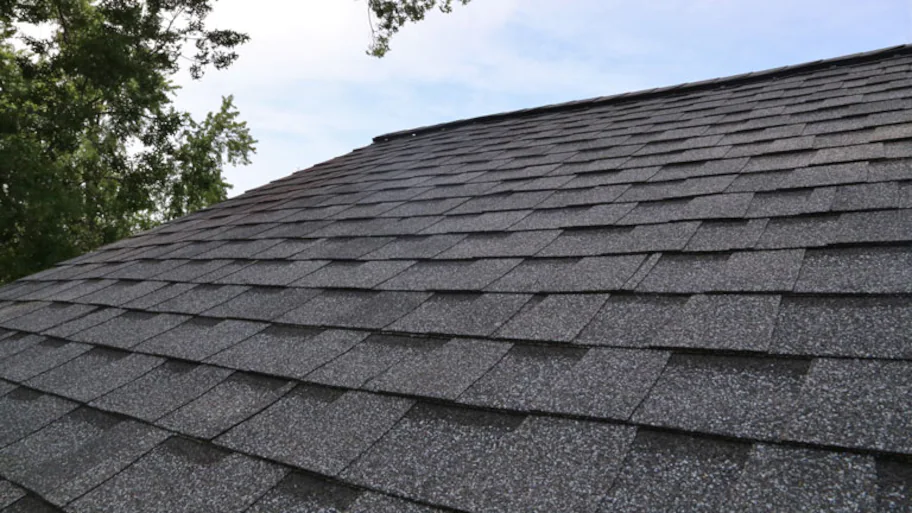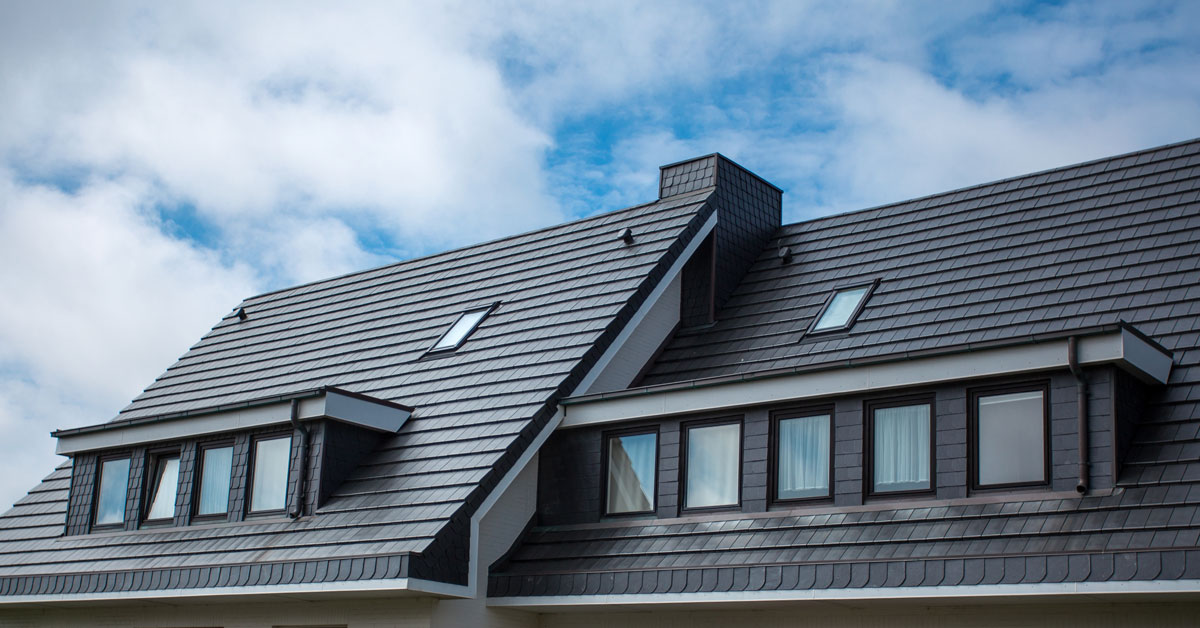Step-by-Step Overview to Finding the Right Roofing Companies in Gainesville
Step-by-Step Overview to Finding the Right Roofing Companies in Gainesville
Blog Article
Finest Practices for Ensuring Proper Roof Covering Air Flow
A balanced intake and exhaust air vent proportion, typically 1:300, plays an essential duty, with intake vents ideally put at the reduced side of the roofing system for cool air entry and exhaust vents at the top for warm air departure. Maintaining insulation away from vents is critical to stop air movement restriction.
Understand Air Flow Basics
Correctly comprehending air flow essentials is essential for guaranteeing the durability and effectiveness of roof. Reliable ventilation reduces dampness build-up and temperature level extremes in the attic room, both of which can result in considerable architectural damages gradually. A well-ventilated roofing system assists in preventing common problems such as mold growth, timber rot, and ice dams, which can jeopardize the stability of the roof products and the underlying frameworks.
The primary goal of air flow is to help with the motion of air, enabling for a regular exchange in between the indoor and exterior environments. This balance is achieved with a combination of intake and exhaust vents that collaborate to keep ideal air flow. Intake vents, usually located along the soffits or eaves, allow fresh air to go into the attic room area, while exhaust vents, usually located at or near the roofing ridge, make it possible for hot, moist air to run away.
Key elements influencing the effectiveness of roof covering air flow consist of proper placement, adequate sizing, and ensuring that both consumption and exhaust vents are unobstructed. Normal assessment and upkeep are critical to recognize prospective obstructions, damages, or ineffectiveness in the ventilation system, consequently securing the roofing system's efficiency and durability.
Sorts Of Roof Vents
Roofing vents play a crucial duty in preserving effective attic ventilation and, by expansion, the overall health and wellness of the roof system. Numerous sorts of roofing system vents are readily available, each with distinct benefits customized to details roof needs. Ridge vents, as an example, are set up along the roof's height, allowing warm, moist air to escape from the attic room. They offer constant air flow and mix seamlessly with the roofline, making them both efficient and visually pleasing.

Soffit vents are set up under the eaves and operate in tandem with roof covering vents to make sure a balanced intake and exhaust system. By enabling cooler air to get in from below, soffit vents assist in the expulsion of hot air through top vents. Gable vents, situated on the outside walls of the attic, deal one more reliable option, specifically in homes with gable roofings.
Examine Your Existing Ventilation

Following, consider the age and problem of your roof covering materials and air flow components. Older systems may not abide by existing building regulations or might have degraded in time, minimizing their effectiveness. Conduct a detailed assessment to recognize any indicators of deterioration, such as corrosion, damages, or spaces that can endanger the system's performance.
Furthermore, gauge the attic temperature and moisture degrees. High temperatures and humidity can show inadequate air flow.
Installation Best Practices
Reliable installation of roofing air flow systems is extremely important for making sure ideal efficiency and durability. Correct installation begins with recognizing the specific air flow needs of the structure and the roof it covers. This involves determining the right ratio of intake to wear down vents, normally adhering to the 1:300 policy, which states one square foot of air flow for every single 300 square feet of attic room floor room.

Consumption vents must be installed at the roof covering's lower edge, usually in the soffits, to permit awesome air to go into. Exhaust vents, on the other hand, should be mounted near or at the roof's top to facilitate the leave of cozy, wet air.
Seal all vent links thoroughly to avoid air leaks and prospective water infiltration. Use premium materials and comply with producer guidelines to guarantee sturdiness and performance. Furthermore, incorporating ridge vents with baffles can significantly enhance air movement performance by preventing wind-driven rain and snow from going into the attic.
Inevitably, exact installation of roofing air flow systems alleviates prospective problems such as mold and mildew growth, ice dams, and structural damages, making discover here sure the roofing's honesty and the structure's total health and wellness.
Normal Maintenance Tips
Uniformity in maintenance practices is essential to making sure the long-lasting performance of roof covering air flow systems. over here Normal assessments are critical, preferably executed biannually-- in the spring and autumn. During these examinations, make sure that vents are without particles, nests, and other obstructions that might restrain air flow. Inspect for any type of indications of wetness build-up or mold and mildew, as these can suggest incorrect ventilation or leakages (roofing companies in gainesville florida).
Use a soft brush or a vacuum cleaner to remove dust and debris from consumption and exhaust vents. Be cautious not to damage the vent displays or louvers during the process.
Appropriate insulation is equally essential. Ensure that attic insulation does not block the vents, as this can significantly limit airflow. Rearrange or replace it to keep an effective obstacle. if any kind of insulation has shifted or settled.
Finally, replace any harmed or missing out on elements without delay. Damaged vents, broken shingles, or deteriorated blinking can all add to inadequate air flow and ought to be dealt with right away. Normal maintenance ensures that the roof covering ventilation system functions efficiently, therefore expanding the life-span of the roofing system itself.
Final Thought
Making certain appropriate roofing air flow is critical for keeping the performance and toughness of a roofing system. Adherence to the 1:300 consumption and exhaust air vent proportion, paired with the calculated positioning of vents, is necessary.
A well balanced consumption and exhaust find out here now air vent proportion, frequently 1:300, plays a critical role, with intake vents ideally put at the reduced side of the roofing system for trendy air access and exhaust vents at the peak for warm air leave. Consumption vents, commonly situated along the eaves or soffits, enable fresh air to get in the attic room room, while exhaust vents, often situated at or near the roof covering ridge, enable hot, humid air to get away.
Soffit vents are set up under the eaves and work in tandem with roofing vents to make certain a well balanced consumption and exhaust system. By enabling cooler air to get in from below, soffit vents facilitate the expulsion of hot air via top vents. Adherence to the 1:300 consumption and exhaust air vent ratio, paired with the tactical placement of vents, is crucial.
Report this page